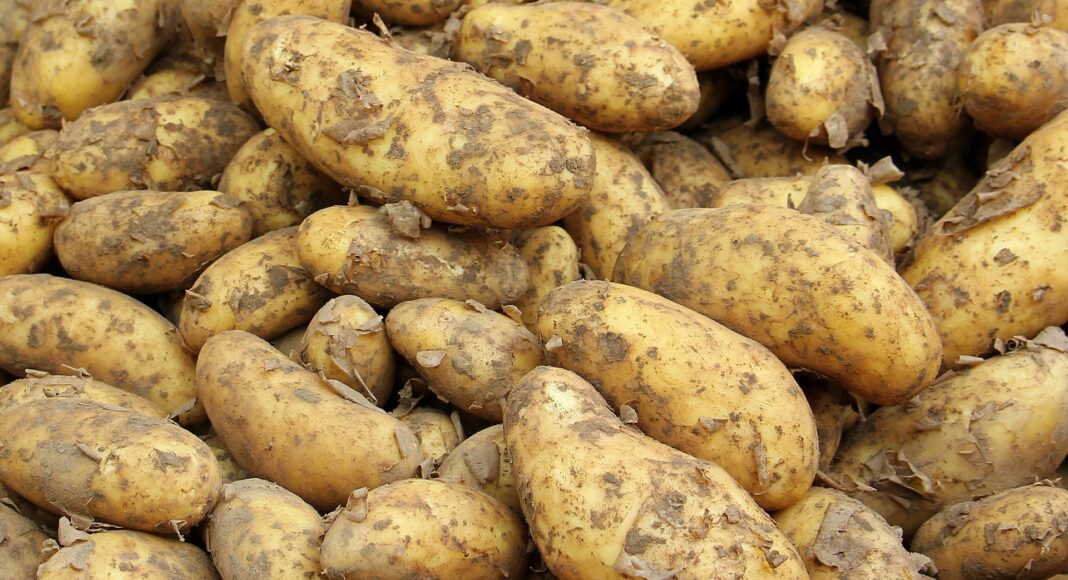Knowledge is power. When it comes to your soil test reports, the better you understand them, the more likely it is you’ll develop nutrient input programs that deliver consistent crop performance. So, let me walk you through the most common misunderstandings in soil test reports, and a roadmap to getting the most out of your results.
I can’t stress enough the importance of soil type. Knowing whether you’re growing in sand, clay, loam or silt is crucial to determining optimal nutrient levels. While 100ppm of potassium may be adequate in sandy soils where cation exchange capacity (CEC) is low, it’s considered deficient in heavy clay where the opposite is true.
The first thing we do during soil testing is determine your soil type. Generally, a CEC of >25 denotes clay while one that’s <5 indicates sand. Once we know what type of soil you have in your fields, we can determine the optimal nutrient levels based on recommendations developed by soil scientists over more than 70 years of research.
The next thing we look at is soil pH and the calcium load in your soil. Although growers tend to focus in on soil pH in their reports, that’s a highly variable metric. It’s actually the buffer pH and the percent saturation of calcium that’s the real key to understanding the base of calcium required to grow your crops. Those variables are important not just from a crop performance perspective, but also because pH and calcium are amongst the biggest factors in total microbial respiration in soils and — if problematic — must be fixed before you tackle any other soil health issues.
The third thing to consider is what the optimal level of nutrients should be based on your soil type. The most important factor on a soil test besides pH is the potassium-to-magnesium ratio. Our research into crop production and soil health tells us that this ratio optimally falls between 0.25 to 0.35. Below that range, you need to focus on increasing potassium. Above it, your magnesium levels need to go up. If your soil is already within the optimal range, then you can apply a balanced product such as K-Mag (sulphate of potash magnesia).
Next, the focus should turn to other nutrient deficiencies that need to be addressed. It’s important to remember that building up soil nutrients is a gradual process. It can take three to five years of corrective inputs to reach optimal levels. Another factor to keep in mind is that those improvements are often not as immediately obvious as they would be when you apply nitrogen. That’s because 50 to 75 per cent of applied nitrogen is taken up by the crop in the year of application, whereas only 15 per cent of applied phosphorus, potassium, magnesium or calcium gets into your crops in that same timeframe.
One final and perhaps most important word of advice. No one knows your farm better than you. Your understanding of your fields and inherent knowledge of its issues should always be a valued part of the nutrient assessment discussion alongside insights gained from your soil test reports.








